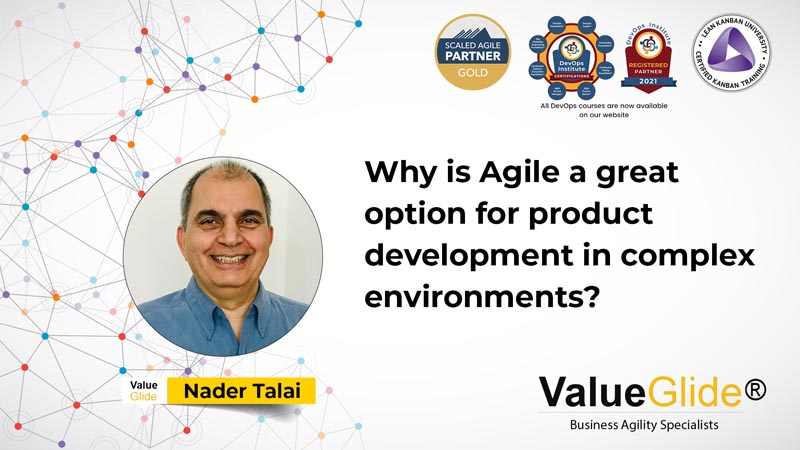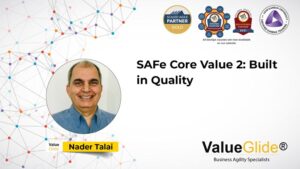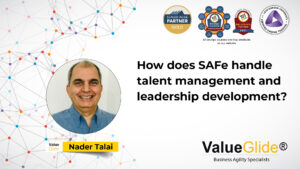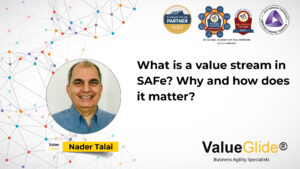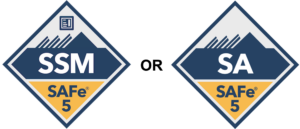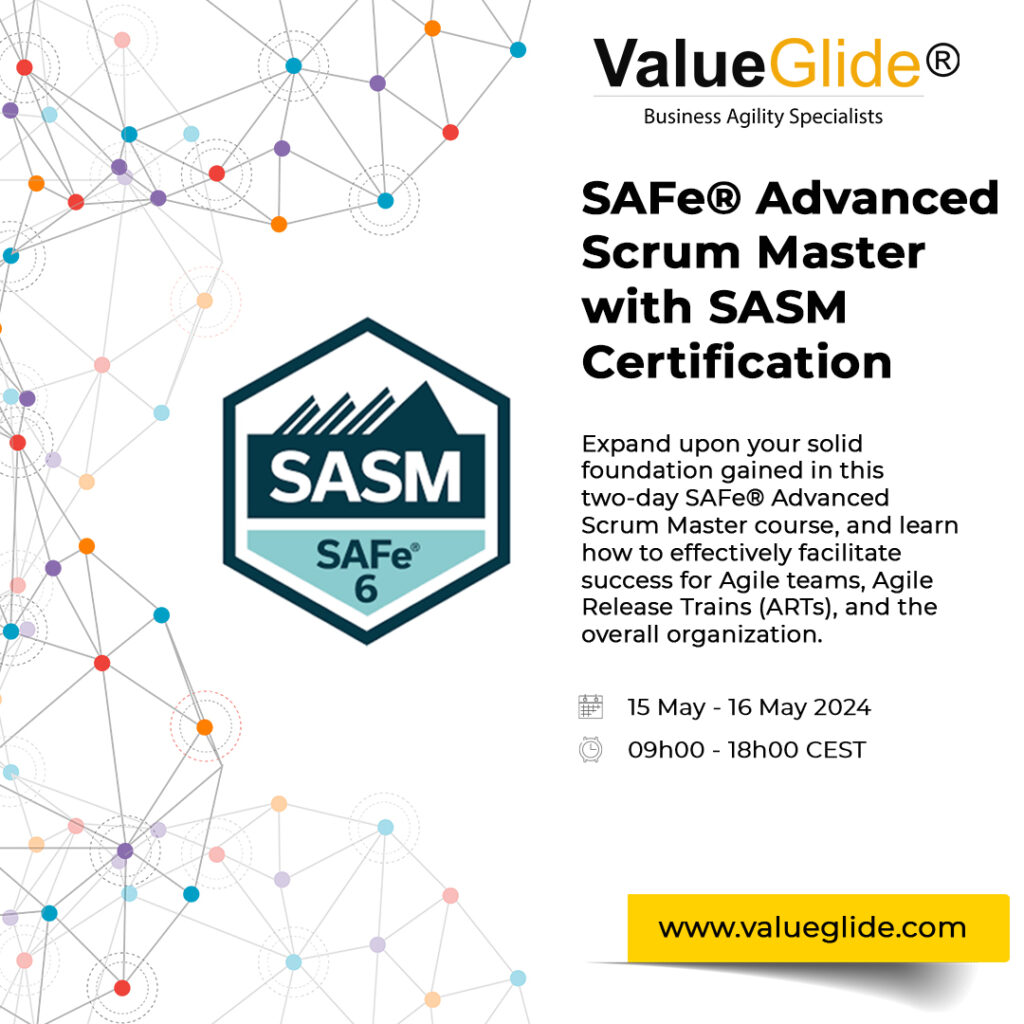Why is Agile a great option for product development in complex environments?
In decades past, our thinking was predominantly ‘inside’ to ‘out’, in other words ‘if we build it, the customer will come’.
In recent years, customers have a great deal more choice than ever before, and in most cases, their basic needs have been met by products and services available in the market.
Now, we need to address the unmet or underserved needs of customers.
In a complex environment, that problem has never been solved before and that solution has never been built before, and so we need to experiment to create and capture value for customers.
Since we don’t know what we don’t know, we can’t plan a solution upfront nor do we know whether the team have the capability to solve that product or create that solution.
This is where empirical process control comes into its own.
Teams need to develop a hypothesis, design an experiment to prove or disprove that hypothesis, and use the data and evidence gathered in the process to inform what they do and attempt next.
Small, incremental steps over large investments.
In traditional project management, a team will develop a plan based on what they think the customer wants or needs, and they will map out a solution based on what they know.
The team then invest months, sometimes years, in building that product or service and only find out at the very end whether it works, solves a customer need, or creates value for a customer.
Often, it doesn’t.
Often, a great deal of time, money, and effort is invested in projects that fail.
What agile allows us to do is place small bets and validate those hypotheses with frequent feedback loops from customers and product stakeholders. We think this, we build that element, we test that it works, and we give it to a customer to see whether they value what has been created.
Rinse and repeat.
Small bet, test, get feedback, and then work on the next most valuable item.
Empiricism
Empiricism, or Empirical Process Control, is built on the following three (3) pillars.
- Transparency
- Inspect
- Adapt
Transparency
We create a shared language and understanding. We identify the problem to be solved and we all understand why that is important. We identify the necessary experiments and work to be done to achieve that objective, and we make that work transparent to everyone involved.
Transparency is key because it enables frequent inspection and measurement.
Inspect
As we perform the work, we frequently inspect the work to ensure that we are achieving the standard and quality of work that matters. We want to enable others to check that what we are building is the most valuable item we could be working on, and we want to make sure that what we are doing aligns with the most compelling or important customer need.
We also get feedback from inspection, and we can use that data, evidence, feedback, and insight to inform what we do next.
- Are we building the right thing in the right way?
- Are we building the right thing at the right time?
- Does this element meet quality control standards?
- Does this element meet and exceed customer expectations?
- Do we need to go back to the drawing board because this work doesn’t meet requirements?
- Do we need to pivot to something more valuable because of a change in customer needs?
And so forth.
Adapt
When we start designing a hypothesis, we often have limited information available to us. As such, we are building the most valuable item we can given the constraints and limitations of that time.
As we learn more, we are able to better inform the work we are doing using that data and evidence, an we can adapt what we are doing to ensure that we are creating and capturing value.
In a project management environment, teams are often focused on delivering against a plan.
It doesn’t matter if the plan needs to change to accommodate new requirements or a significant shift in the market, teams are contracted to deliver what was predetermined upfront.
In agile, we embrace those changes and adapt what we are doing, how we are doing it, and when we are doing it based on new data, evidence, or information.
It allows us to focus on the most valuable work and create as much value for the organization and customer as possible.
About Value Glide
Value Glide are a SAFe (Scaled Agile Framework) consultancy, coaching practice, and training specialist who work with organizations to align business objectives with customer needs and wants.
As deeply experienced agile coaches and practitioners, our team are invested in continuous learning through each client engagement and use the data and evidence we gather from each implementation to inform our training, coaching, and consulting services.
In a nutshell, empirical process control or empiricism.
If you are thinking of adopting agile within your organization and have identified SAFe as a great agile framework to adopt, implement and improve your business agility, visit our SAFe Quickstart ART Launch program page or view our SAFe Consulting Services page.
If you have identified a need for an agile coach and SAFe coach to help your organization adopt and implement SAFe, visit our SAFe Coaching Services page.
If you want to know more about SAFe and how to lead SAFe, visit our SAFE Training page for a host of options, from Leading SAFe to a SAFe Release Train Engineer course.
#SAFe #scaledagileframework #scalingagile #agile #agileframework #agilecoach

